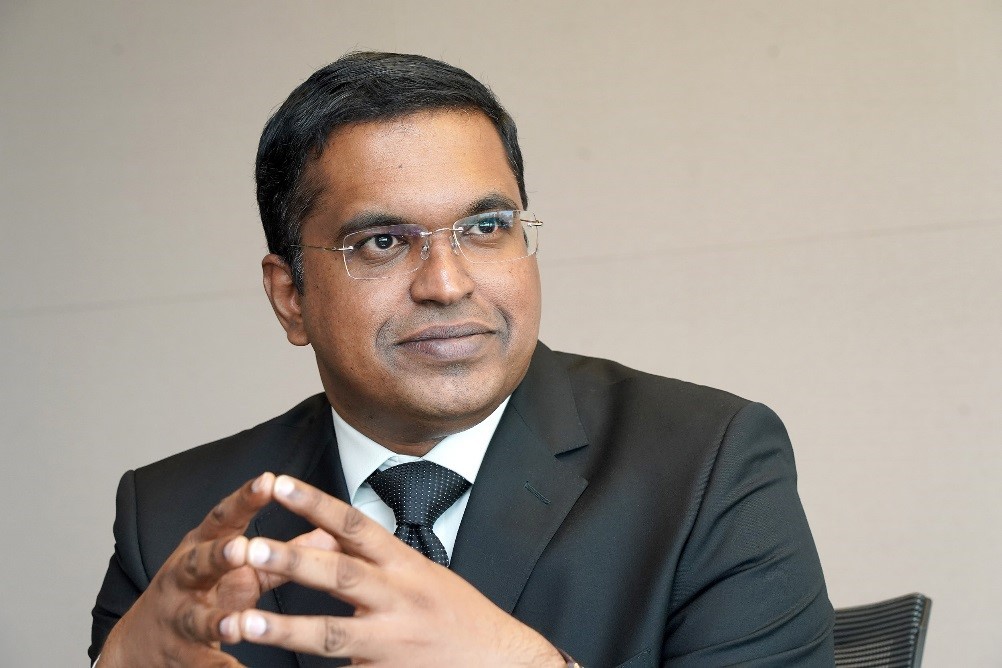[Contribution] What comes after COVID-19 and what to do about it?
By Korea HeraldPublished : July 21, 2020 - 17:22

The author is president of Novartis Korea. His comments are his own. -- Ed.
We were duly warned of a pandemic. This warning did not come in some obscure academic journals. Blockbuster movies such as “Contagion,” TED Talks viewed by millions and bestselling books and magazines had laid out ample forewarnings before us. How this will play out -- including shortages of incubators and NF-95 masks -- was described with astounding accuracy. Still, we ended up being underprepared. Why?
Hyperbolic discounting is a judgmental error we make by focusing on small near-term issues at the expense of long-term catastrophic issues. We have collectively been a victim of this cognitive bias.
COVID-19 will certainly not be our last pandemic. Around 70 percent of emerging epidemics comes from viruses that cross over from animals to humans. human immunodeficiency virus, severe acute respiratory syndrome, Middle East respiratory syndrome, bird flu, Nipah virus and possibly SARS-CoV-2 -- the virus that causes COVID-19 -- have animal origins. Only a fraction of viruses circulating in animals has made it into human beings. It is highly likely that more will.
So which one could be next? Experts argue that a variant of the influenza virus is the most likely candidate.
They have the uncanny ability to reassort themselves and evade immune defenses, including the seasonal flu vaccine. This is exactly why the world needs a universal influenza vaccine that targets the conserved elements (parts that do not change from one flu strain to another) of the virus. This project will pay off as we currently spend around $4 billion globally every year on seasonal flu shots, which will then be no longer required.
Proceeding along this track, we need to redouble our efforts on the research and development of antiviral drugs. The global antiviral pipeline is weak, and hence we are repurposing old drugs to contain COVID-19. It is high time we rethink incentives for such research.
New antivirals will not be allowed to sell broadly. Reason? Legitimate public health concerns to avoid the risk of drug-resistant organisms. How can a startup enterprise finance such a capital-intensive, high-risk project when there is no market? This needs to change.
This is why governments should take seriously the notion to finance antiviral research and make advance purchase commitments for stockpiling at good prices. During epidemics, we can hear calls not to respect intellectual property and also practice compulsory licensing. Of course, giving global population access to these lifesaving medicines is pertinent, but how we do it and what signals we give to innovators are also important. Access should be provided without compromising intellectual property.
We are now in the race to make a vaccine against COVID-19. With more than 10 candidates in clinical trials and many more expected to join, I am hopeful that our efforts will pay off. What we do not know is how efficacious this vaccine will be and how long its protection will last.
It took 43 years to develop a vaccine against Ebola, 26 years for varicella and 15 years for human papillomavirus. The expectations around a COVID-19 vaccine are very ambitious. Even if it takes a little longer than the expected time frame, it would still be an impressive achievement for the scientific community.
Our biggest victory to date in the fight against viruses was the eradication of smallpox. One key factor that made this victory possible was the cooperation between the dual global powers of the US and Soviet Union even during the height of the Cold War. Josef Stalin was a survivor of smallpox infection, and this cooperation had the direct blessing of the Kremlin.
Polio is another disease close to eradication. Franklin Roosevelt, who suffered paralysis from polio, was instrumental in funding the development of the polio vaccine. Thus, history reignites our memory of political will combining with good science to achieve tremendous breakthroughs.
On this track, I anticipate that the political leadership who have witnessed the perils of the COVID-19 pandemic firsthand will have the determination to set aside resources and carve out incentives for antivirals and a universal influenza vaccine. The decision of the Korean government to invest over 190 billion won ($158 million) into developing treatments and vaccines is a right step in that direction.
By Dr. Joshi Venugopal
-
Articles by Korea Herald










![[Hello India] Hyundai Motor vows to boost 'clean mobility' in India](http://res.heraldm.com/phpwas/restmb_idxmake.php?idx=644&simg=/content/image/2024/04/25/20240425050672_0.jpg&u=)








